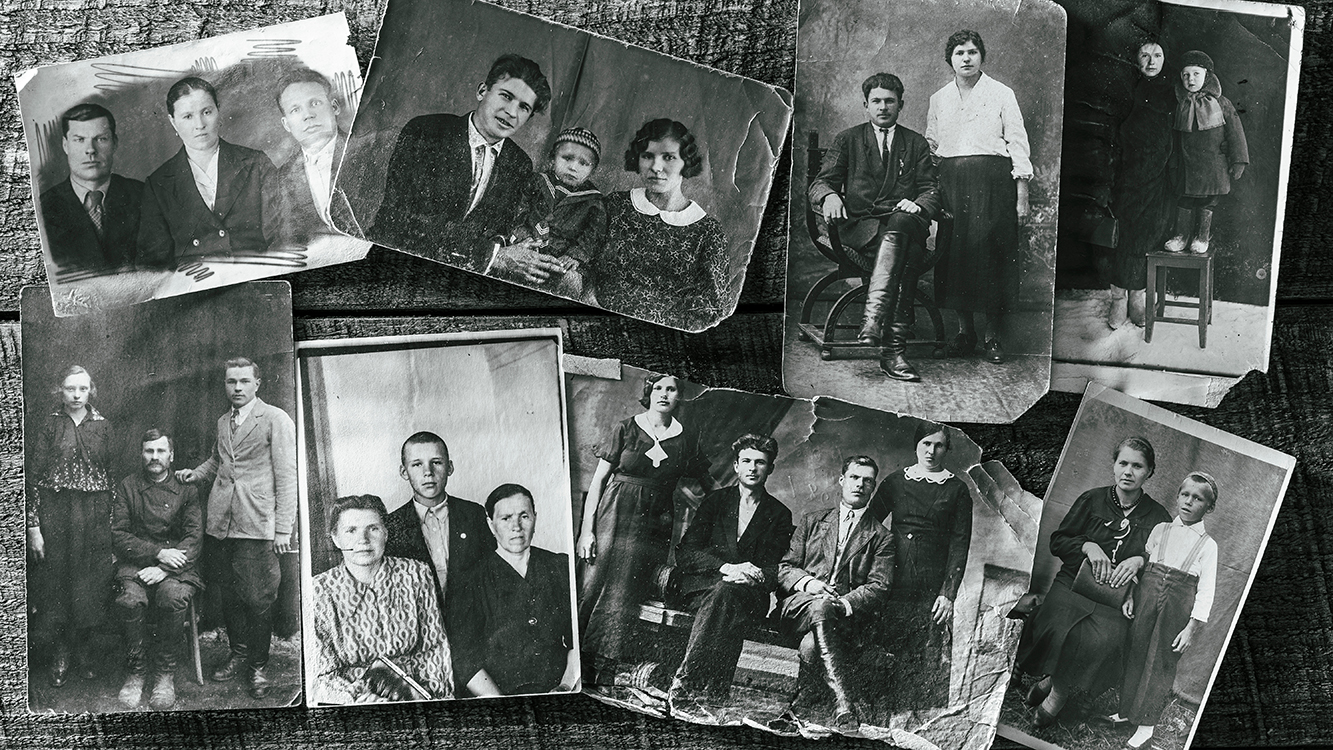PDF Basket
For well over a century, photography has been central to how we document our lives. Yet in practice, these photographs don’t simply capture reality, they reimagine it.
While researchers have studied photojournalism’s influence on politics, according to Christopher Pinney, principal investigator in the PHOTODEMOS project, which was funded by the European Research Council, the role of informal photographic practices remains under-investigated.
“PHOTODEMOS was part of a wider shift away from scholarly theories about what photography abstractly represents, to studying what people actually do with photography,” he explains.
Ethnography: a long exposure
A central interest of the project was how the camera can create what Pinney calls ‘photographic citizenship’ – enabling the visibility, rights and representation of citizens in a way not possible within conventional politics.
“We paid special attention to what one theorist calls photography’s ‘as if’ power: its ability to record aspiration, as if it had already been achieved,” adds Pinney.
Research teams were established in Bangladesh, Cambodia, Greece, India, Nepal, Nicaragua, Nigeria, Pakistan and Sri Lanka. These countries were selected because photography had played a significant role during conflict, periods of politically intensity, or as part of significant visual anthropology research.
Researchers spent a year embedded within local communities, witnessing everyday life, before exploring photography’s role within that life. “Building trust led to our unique collection of photographs, some never shared before,” says Pinney.
Finding the right frames
A major preoccupation of the researchers was what Pinney terms ‘photographability’: “expectations about the visibility and recognition that the camera can enable.”
For some communities in Bangladesh and Greece, this was found to be experienced as a sense of incompletion, where photographs didn’t exist, but in their eyes, should.
In Bangladesh, for example, activists bemoaned the absence of individual photographs of some of the victims of the Rana Plaza building collapse, with these people only present in group images.
Likewise in Greece, memorials to the victims of Nazi atrocities display blank silhouettes when no image was available, as if photographic evidence was pending.
“Photography can be given the power to evidence and authenticate that exceeds the physical presence of specific photographs,” adds Pinney.
Future-proofing
While photography is logically interpreted as recording past events, PHOTODEMOS found it also frequently visualised the future, often linked to issues around migration and mobility.
For instance, a preoccupation with an aspirational global modernity was found in South Asian and West African photography studios, reflected by the iconography of the city, motorbikes and film culture.
“Our transnational and comparative approach revealed that informal photographic practices are often delocalising, adopting a global outlook, counter to many prevailing theories which assume a preoccupation with local contexts,” notes Pinney.
Indeed, PHOTODEMOS yielded insights into the power of photography’s ‘migratory aesthetics’ which align with aspirations for better lives elsewhere.
“We help show that movement, migration and cosmopolitanism are deeply natural human drives, rather than something pathological or criminal,” adds Pinney.
The future-oriented work of much photography was also apparent in the Nepalese Gai Jatra festival where photographs of the deceased, who had died the previous year, were publicly processed.
“When paraded, these are less a backwards-looking commemoration and more an assurance of the onward progression of the souls of the departed,” explains Pinney.
The medium and the message
The increased availability and accessibility of photography has undoubtedly altered both the photography landscape and its study.
“New media thrives on photographic content which can subvert more optimistic notions of public spaces based on critical rationality and truth,” notes Pinney.
While social media in Nicaragua and Nigeria was found to amplify some progressive movements, in Cambodia what had been considered a tool of political liberation is now viewed as a state surveillance instrument: critical images on Facebook originally intended to rally fellow citizens are now monitored by the state as signs of subversion.
But conversely, photography was found to have a subtle power to mediate conventional political conflicts. While photographs could be used as evidence for competing notions of truth, especially in Sri Lanka and Nicaragua, a more optimistic process was detected in Greece and Nepal.
“Photographs can help mediate opposed political identities, such as in post-civil war Nepal where travelling exhibitions supported conciliation efforts,” says Pinney.
With content still being added to the project’s website, an open access volume (Citizens of Photography: The Camera and Political Imagination) was recently published by the American publisher Duke University Press. Further texts, including a book, ‘Photo State’, are also under development.

